Why are my tomatoes flowering but there is no fruit? Here’s your answer!
Previous PostWe get many queries from our fellow green thumb owners about their tomato plants. One of the most common tomato problems is - why my tomatoes are flowering but there is no fruit?
The lack of fruit growth is one of the major concerns among beginner gardeners. It is frustrating and certainly not fair when healthy tomato plants drop their flowers and fail to produce fruit. We hear you and assure you that you are not alone in this. In this detailed guide, we will explain the issues and give you solutions for reaping the fruits from your tomato plants.
Whether your tomato plant has stopped producing fruit or you are yet to pick a tomato, the reasons behind the lack of fruit set are often predictable, easy to fix and described below:
Lack of pollination

Poor pollination can affect the growth of fruit. Pollination occurs when pollen is transferred from the male portion of the flower called the stamen to the female portion called the stigma.
If you are growing your tomatoes in an enclosed area, open up doors and windows to allow air and pollinating insects around your plant. This will also keep your plants cooler and reduce the risk of diseases.
You can pollinate artificially by mimicking the bee's buzz by lightly shaking the tomato plant or with the help of an electric toothbrush.
Weather also plays a big role in the pollination of plants. The amount of bee activity reduces in cold, windy, and wet weather. Once the weather turns back to normal, pollination activity increases, hence the increase in the production of tomato fruit.
Hot temperatures

Tomato plants like warm temperatures, but not extreme heat. Hot spells in the summer season can completely disrupt the pollination process. The best thing to help your plants survive the heat wave is to keep them watered and healthy. Alternatively, consider growing heat tolerant vegetables in your garden.
Once the heat wave passes, your plants should be in excellent condition to ramp up the production of fruit. The ideal growing temperature for tomato plants is between 20-30°C.
When the weather is on the extreme side - too hot or too cold, it is advisable to plant cherry tomatoes, as they can set fruit over a wider range of temperatures. There are different tomato varieties that you can grow for different weather conditions.
If you are in the hotter parts of India, try growing the ones that can tolerate the heat. Some of the tomato varieties that you can grow in India for hotter climates would be Cherry Tomatoes.
Too high/low humidity

An added complication in the process of pollination is the level of humidity. It should be moderate, not too high or too low. The perfect humidity range for the pollination of tomatoes is between 40-70%. High levels of humidity can clog the pollen, on the other hand, low levels of humidity can make the flowers so parched that pollen fails to stick to the stigma.
In case the humidity is too high, you can help the plant with artificial pollination by gently shaking the plant. On the other hand, in case of low humidity levels, you can regularly water the plant to keep it hydrated and improve its condition.
High levels of nitrogen in the soil

Another essential factor to consider is the level of fertility of your potting mixture. Excess nitrogen in your soil or the potting mixture will increase the growth of leafy foliage and reduce the formation of flowers. Tomatoes need their nutrition to grow into plumpy and tasty fruits. Avoid using synthetic fertilizers that have high contents of nitrogen. Instead, use organic fertilizers that are rich in potassium. Potassium in your soil will promote the formation of flowers, and hence the production of fruits.
Insufficient sunlight

The lack of adequate sunlight can result in the lack of fruiting. A fully grown tomato plant requires six to eight hours of daily sunlight to produce flowers and then fruits. Without proper sunlight, the tomato plant will have leggy and spindly growth and little or no fruits. To produce tomatoes the plant requires energy which they receive from sunlight. Therefore, place your plant where it will receive enough sunlight to produce juicy and plumpy tomatoes.
Pests and diseases

Lastly, keep an eye out for pests and diseases. If your plants are affected by pests, the fruit set reduces. Treat your plants with natural pesticides like neem oil and help them stay healthy.
Once you have taken all the preventive measures, you will just have to wait and let mother nature work its magic. Once the plant starts producing tomatoes, you will have a regular supply of tomatoes to make your fresh sauces and dishes.


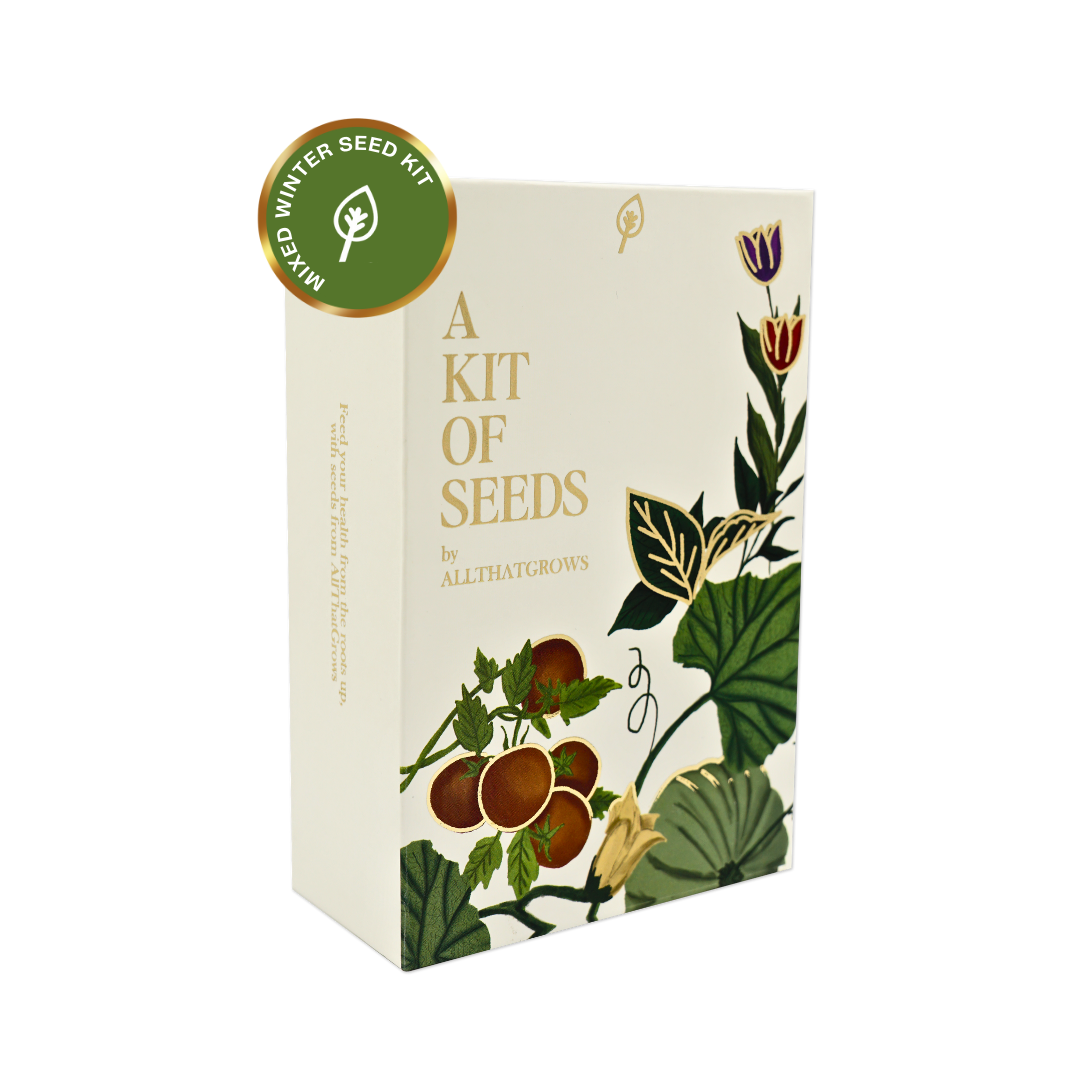

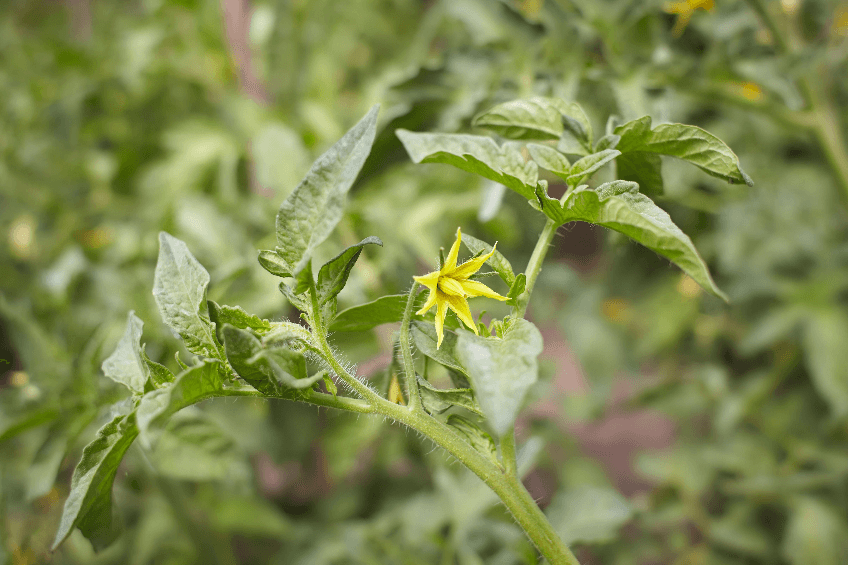
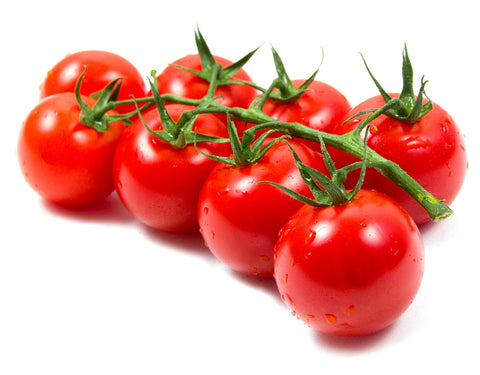
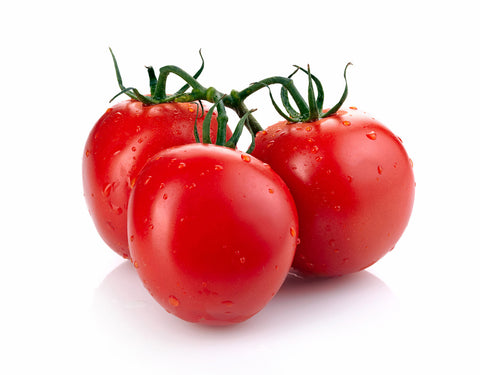
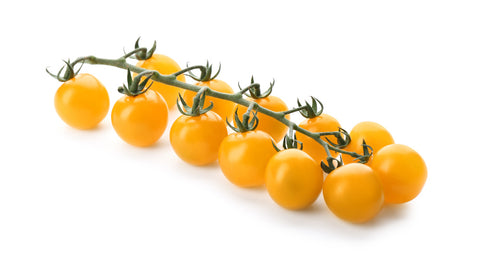
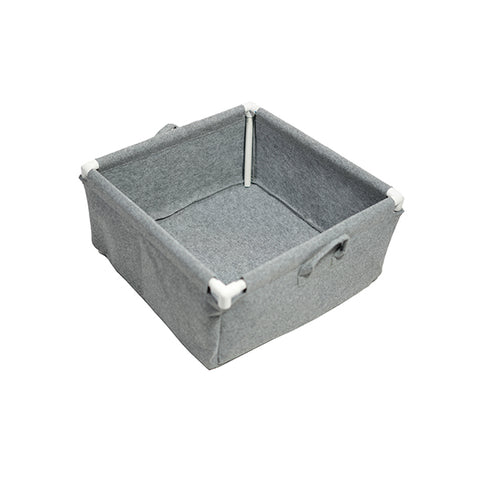
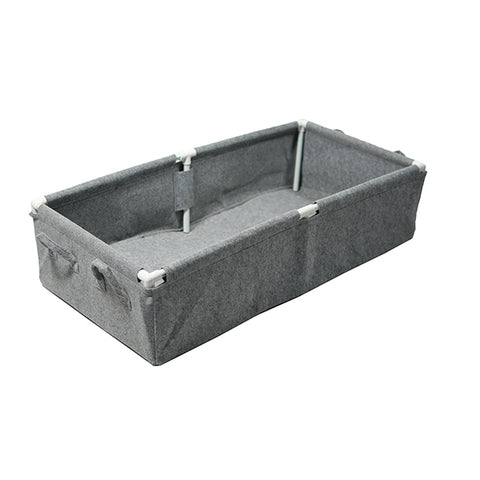
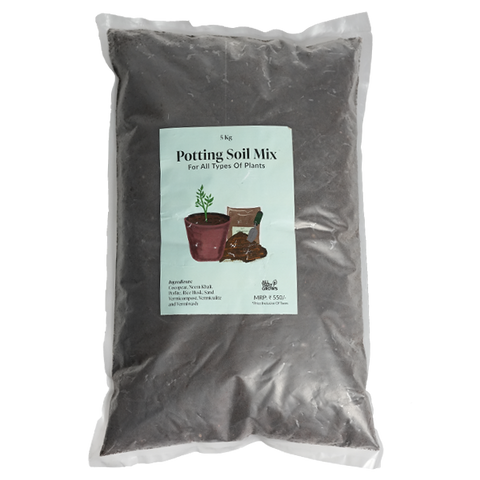
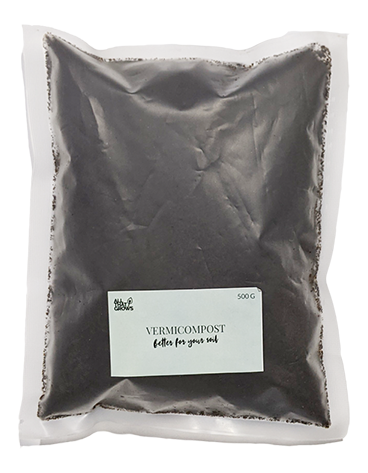
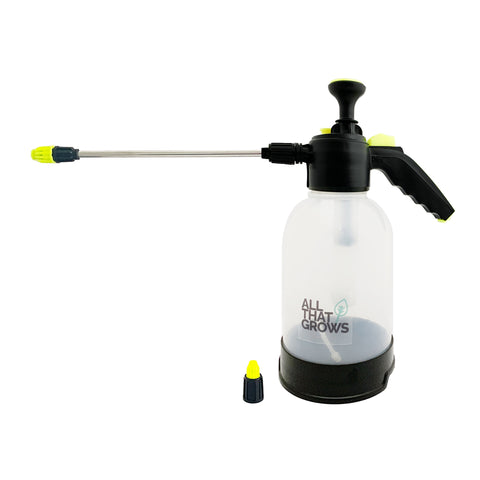
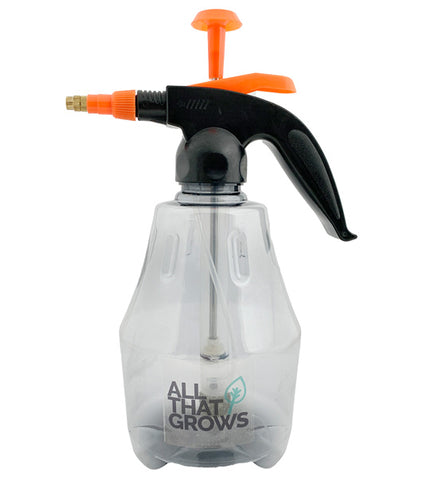
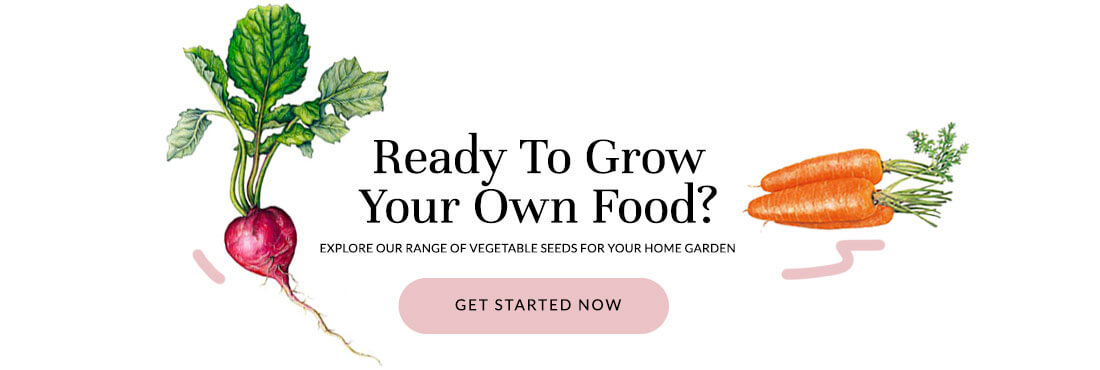

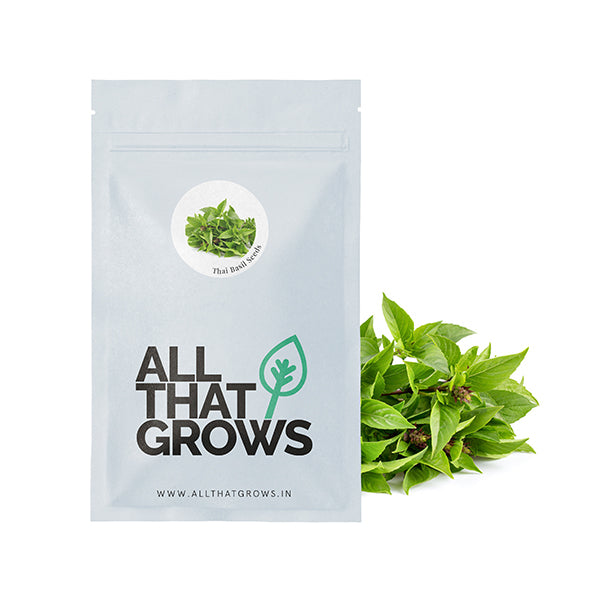
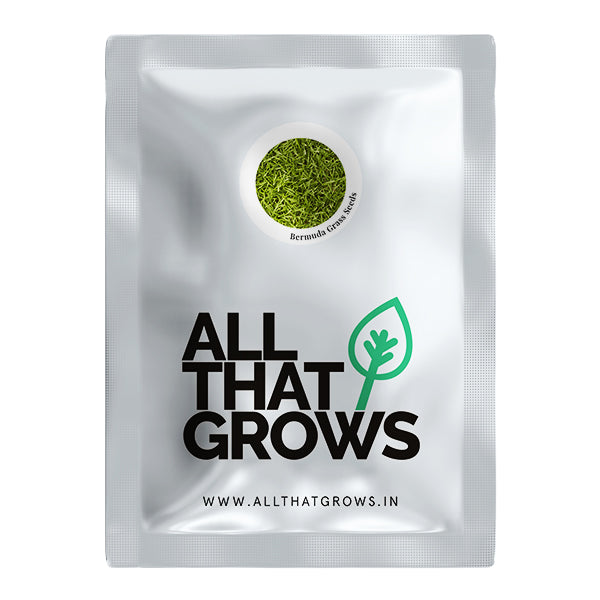
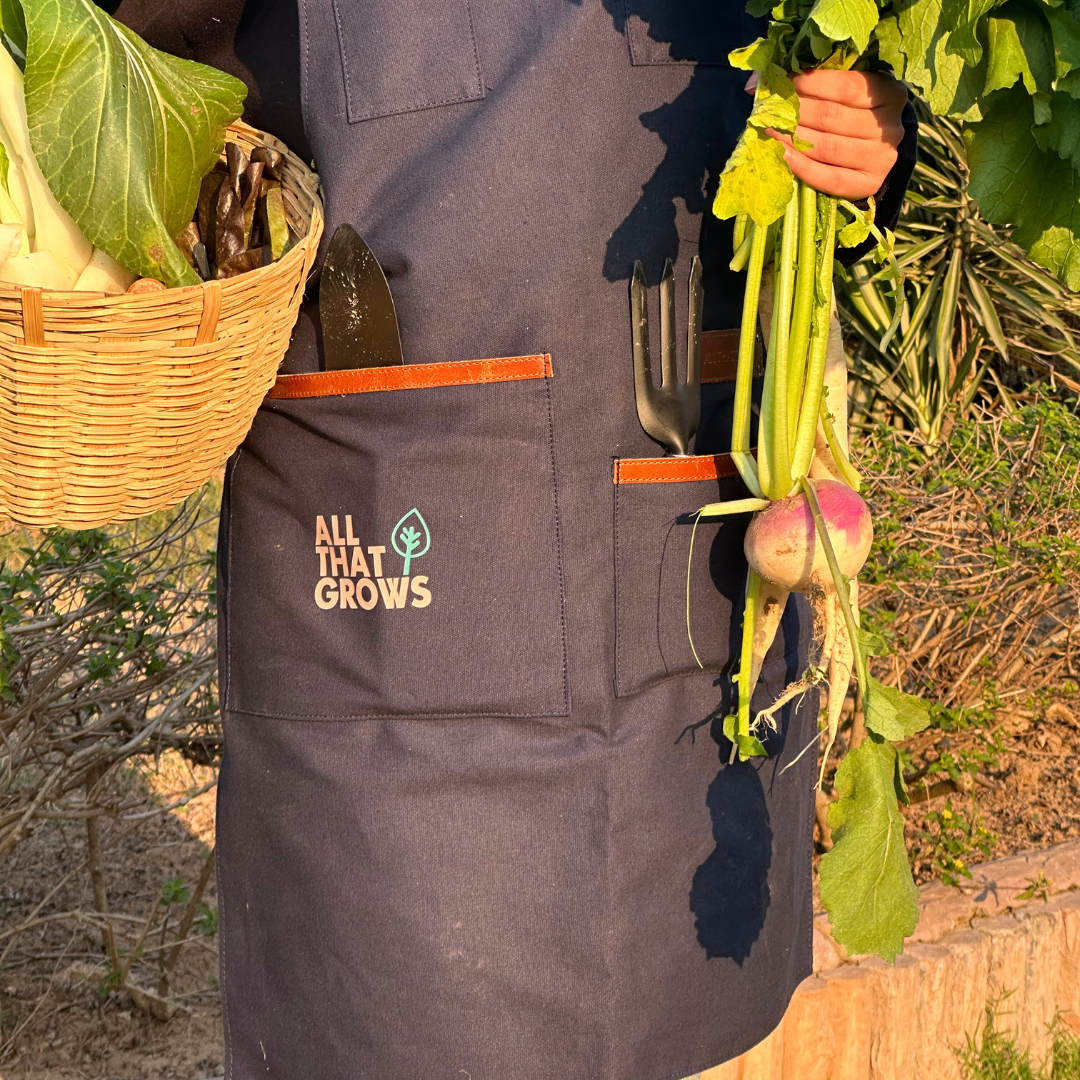

Leave a comment